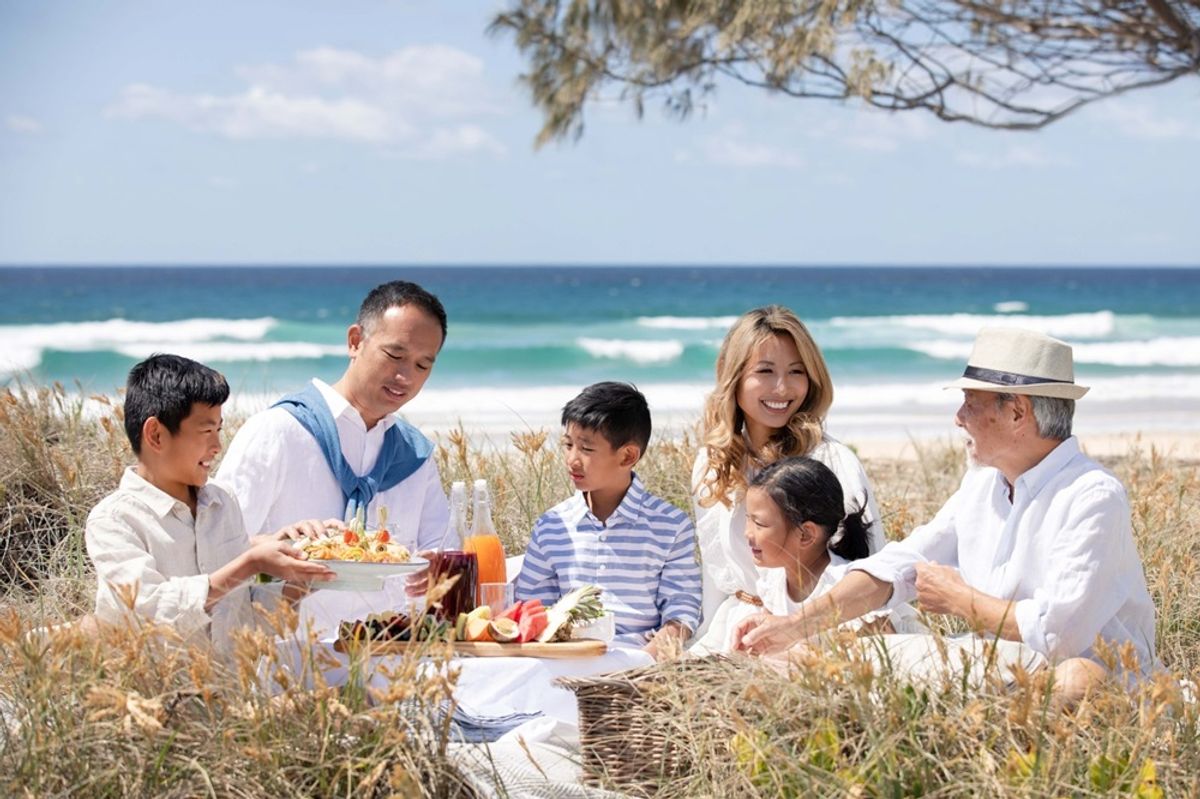A new report from the Luxury Group by Marriott International,
released during ILTM Asia 2024, has shed light on evolving preferences
and expectations among high-net-worth (HNW) travellers in the Asia
Pacific region.
The research, conducted from 18 April to 13 May 2024, targeted the
wealthiest 10% of residents in Australia, Singapore, India, Indonesia,
South Korea, and Japan, with 200 respondents from each market.
“Our New Luxe Landscapes Report provides deeper behavioural insights
and motivations into elite travellers from Asia and the Pacific,” said
Oriol Montal, managing director, luxury, Asia Pacific (excluding China),
Marriott International,
Key findings from the report include:
- Increased spending and intra-regional travel: 68% of respondents plan to spend more on leisure travel in the next 12 months, with 74% planning holidays within Asia Pacific.
- Top destinations: Australia emerged as the most
popular destination for the next year, with 46% of respondents planning
to visit, followed by Japan at 42%. - Indian market growth: HNW travellers from India are
driving luxury travel growth, with 89% planning to increase their
travel spending in the coming year. - Culinary focus: High-end gastronomy is a primary
motivator for luxury travel, with 88% of respondents planning holidays
around food experiences. - Celebration travel: One in four planned holidays (25%) are for celebratory purposes.
3 new types of affluent travellers
- The “Venture Travelist”: These travellers prioritise destinations that may generate business opportunities while on vacation.
- The “Experience Connoisseur”: Predominantly millennials who view travel as an investment in personal enrichment and seek exclusive experiences.
- The “Timeless Adventurer”: Travellers over 65 who prefer to immerse themselves in a destination’s unique aspects rather than tourist attractions.
Additional insights from the report include:
- Frequency and duration: Respondents plan an average
of six leisure trips within the next 12 months, with 33% planning at
least seven holidays this year. Short stays average three nights, while
long stays extend to two-and-a-half weeks. - Group travel: Over 70% choose to travel with family or friends.
- Culinary preferences: 83% will choose a destination to visit an award-winning restaurant, and 81% select hotels based on fine dining options.
- Sustainability concerns: 80% of HNW travellers consider a hotel’s sustainability and environmental practices when deciding where to stay.
- Shopping motivations: 85% of respondents cite access to locally-made products as a key consideration when choosing travel destinations.
Market-specific trends
- Singaporeans are the most self-sufficient travellers, with 61%
preferring to travel independently and curate their own itineraries. - Australians tend to take longer holidays, with 73% planning a minimum two-week getaway and 33% taking over three weeks.
- South Korean travellers are most likely to stay within their hotel,
with 54% preferring to spend time at their accommodation rather than
exploring local attractions.











